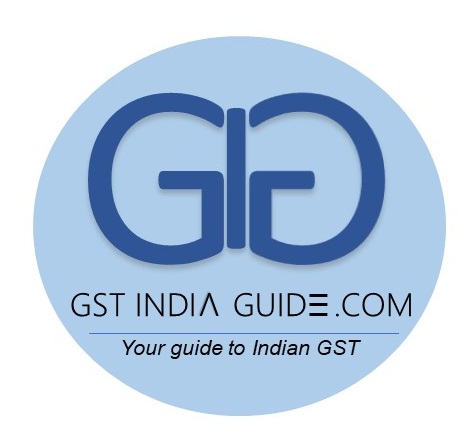NEW DELHI: The Centre will share the draft model GST law with the states today as it prepares for the rollout of Goods and Services Tax (GST) from April 1 next year, CBEC Chairman Najib Shah said.
The Centre is also working on multiple options apart from ‘horizontal’ and ‘vertical’ division for deciding on jurisdiction over tax assessees, he said.
“We are very hopeful of GST implementation from April 1, 2017. By tomorrow we will share the model GST law with the states which has been redrafted after taking into account the comments of stakeholders,” Shah said while inaugurating the CBEC pavilion at the IITF.
He said the Compensation law will be shared with the states on November 16 detailing the procedure for making good revenue loss of states in the first five years of GST rollout.
The Central Board of Excise and Customs (CBEC) has taken up Goods and Services Tax as the theme for its IITF pavilion and it tries to educate people about the new taxation regime which is expected to roll out from April next year.
The GST will subsume excise, service tax, VAT and other local levies and will help in smooth movement of goods and services across the country.
The Centre and states have already decided on a four-tier GST rates– 5, 12, 18 and 28 per cent– but is yet to decide on the issue of cross empowerment to avoid dual control.
Differences arose with the states demanding control over 11 lakh service tax assessees, and the Centre proposing to do away with the states having exclusive control over all dealers up to an annual revenue threshold of Rs 1.5 crore — an issue which was settled in the first meeting of the GST Council.
The Council has arrived at an option of two proposals — horizontal division and vertical division.
‘Horizontal division’ would mean taxpayers would be divided both for administrative and audit purposes based on a cut off turnover. Those with a turnover over Rs 1.5 crore would be administered both by the Centre and states, while those with below Rs 1.5 crore would be administered solely by the states.
Under the ‘vertical division’, taxpayers could be divided in a ratio which would balance the interest of the Centre and the state, both with respect to revenue and spread of numbers.
The Economic Times, 15th November 2016
